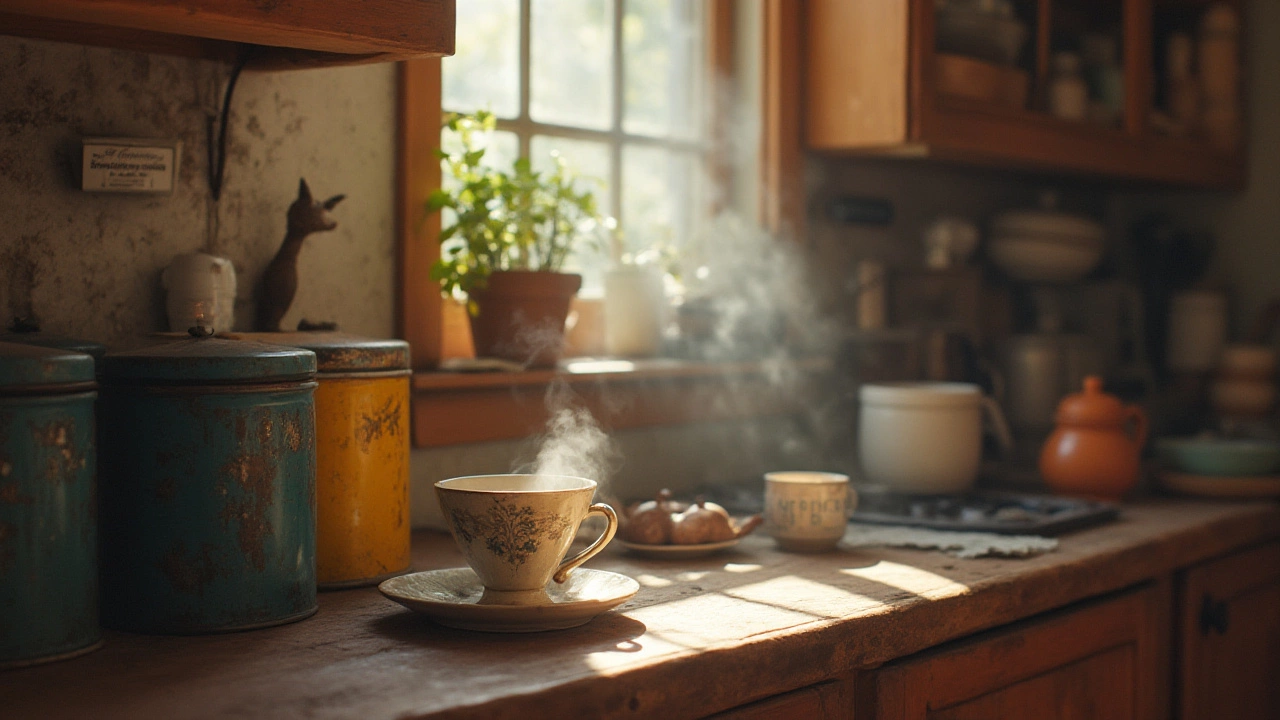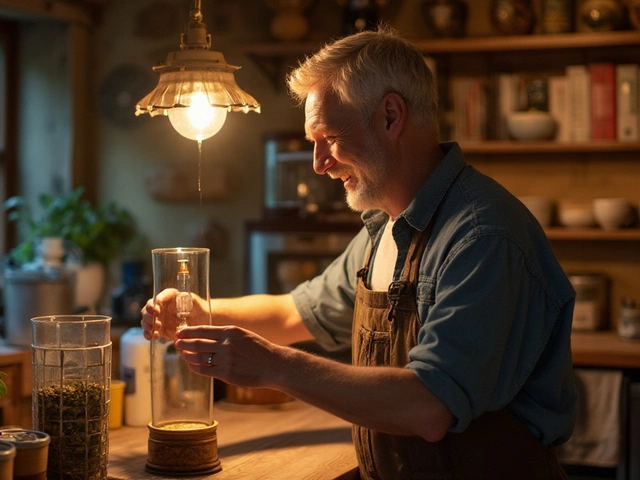Tea Shelf Life Explained: How Long Does Tea Stay Fresh?
Ever opened a tea tin and wondered if the flavor is still good? Tea doesn’t last forever, but with the right know‑how you can keep it tasting great for months. Below we break down what influences tea’s shelf life, how to spot a bad batch, and the easiest storage tricks you can start using today.
Factors That Affect Shelf Life
Not all teas age the same way. Loose‑leaf black tea, for example, holds its flavor longer than delicate green or white teas because those lighter varieties contain more volatile compounds that break down quickly. Herbal blends sit somewhere in the middle, while matcha powder can lose its bright green color in just a few weeks if exposed to air.
Two big enemies speed up the decline: moisture and oxygen. Once water gets into the tea, it can cause mold or turn the leaves soggy, ruining the brew. Oxygen oxidizes the aromatic oils, making the tea taste flat. Light and heat do the same thing, especially for bags that aren’t opaque.
Best Ways to Store Your Tea
The simplest rule is to keep tea dry, dark, and airtight. A sealed glass jar with a rubber gasket works wonders for loose leaf. If you prefer packaged tea, transfer the bags into a zip‑lock bag and squeeze out excess air. Store the container in a cool pantry away from the stove or coffee machine.
Don’t put tea in the fridge unless you live in a humid climate and can guarantee a truly airtight seal. The occasional cold snap can cause condensation inside the package, and that moisture will spoil the tea faster than room temperature storage.
For special teas like matcha, a small tin with a tight lid is ideal. Keep it in a dark cupboard and use a clean spoon each time—you don’t want any crumbs introducing bacteria.
When you buy tea, check the “best before” date if it’s printed. It’s a guideline, not a death sentence; many teas remain drinkable weeks after that date if stored well. Trust your senses: if the tea smells musty, feels damp, or looks discolored, it’s time to toss it.
In a pinch, you can test freshness by brewing a small cup. If the flavor is weak, flat, or has an odd aftertaste, the aromatic oils have likely degraded. Fresh tea should release a bright aroma within seconds of steeping.
Bottom line: most sealed loose leaf teas stay at peak flavor for 12‑18 months, while green and white teas are best used within 6‑12 months. Bags generally last a bit less because the paper lets in more air.
Keep these tips in mind, and you’ll avoid stale sips, save money, and enjoy every cup as if you just opened a fresh tin. Happy brewing!
Wondering if you can safely drink a decade-old tea? Learn the truth about tea shelf life, storage, risks, and even hidden benefits of aged tea.
View Details

